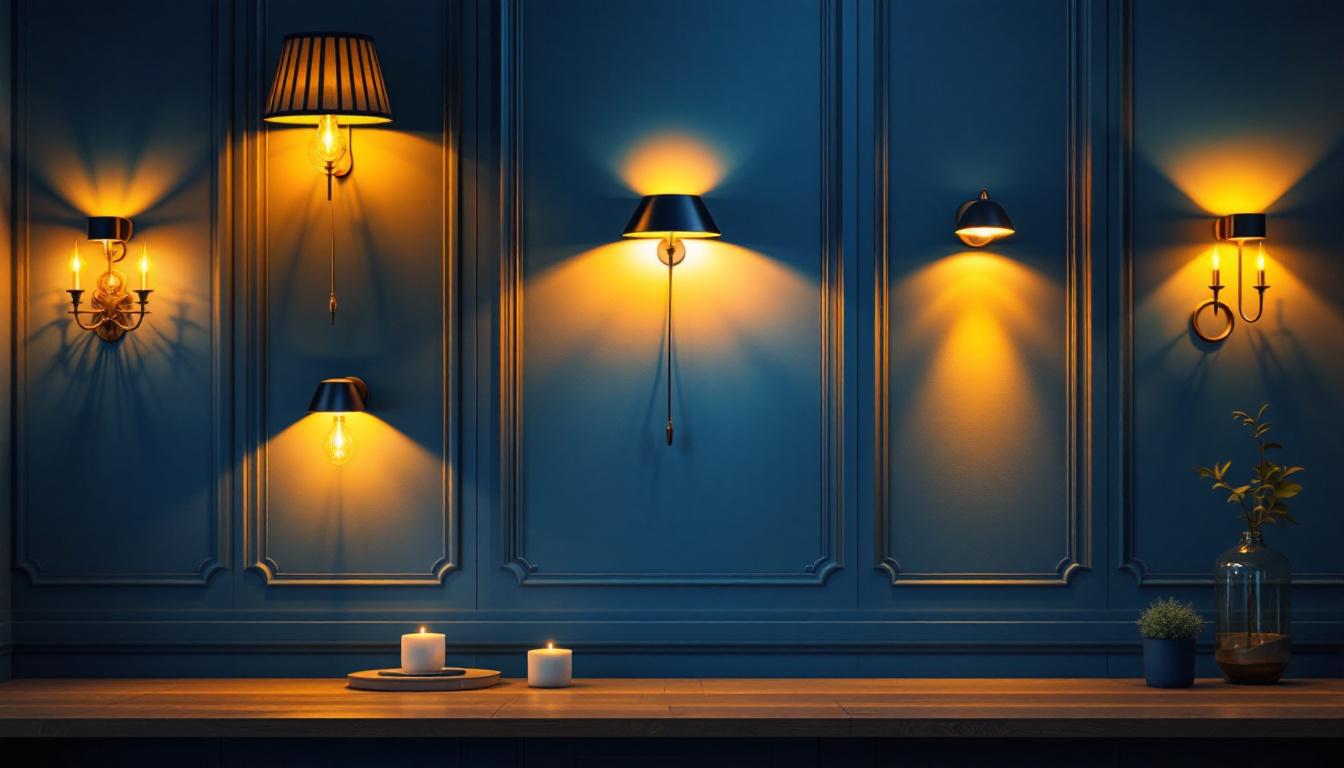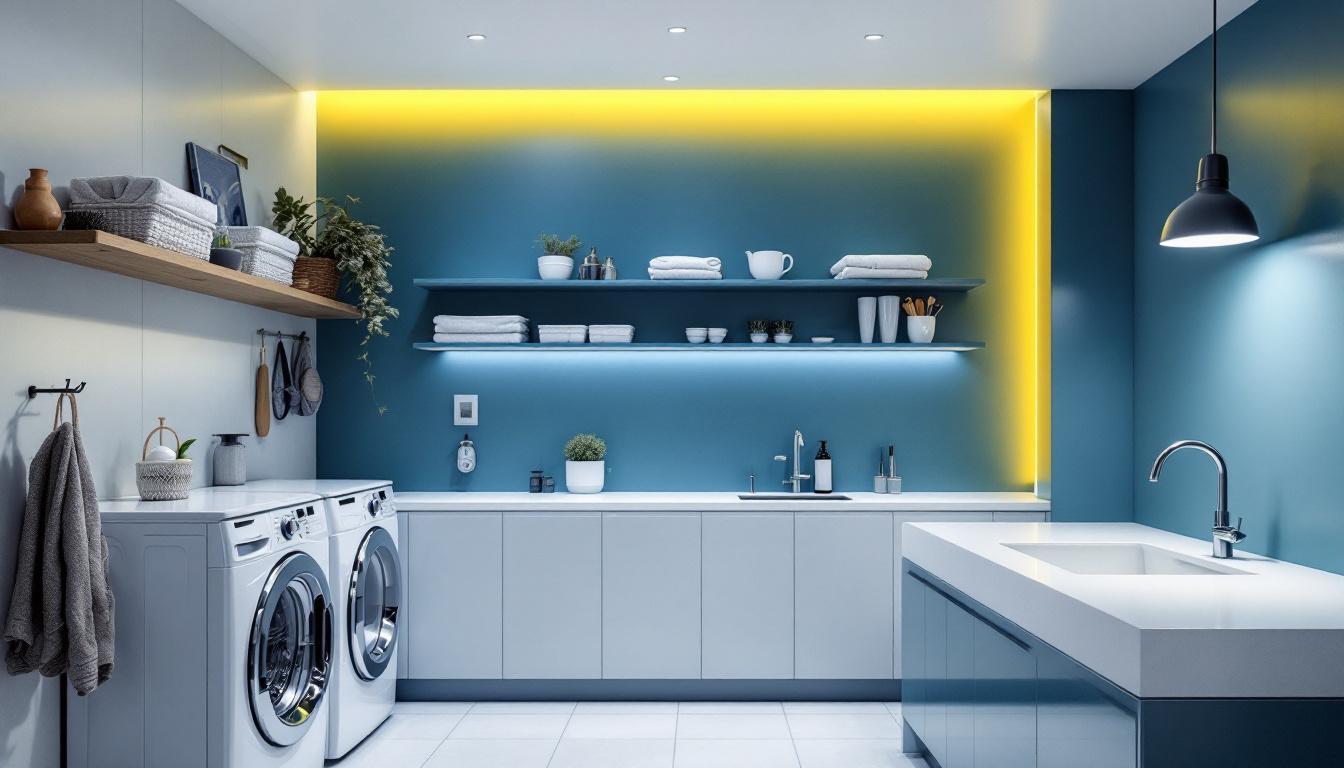
In the realm of interior design and architecture, lighting plays a pivotal role in enhancing the aesthetics and functionality of spaces. For lighting contractors, understanding the nuances of wall-mounted light fixtures is essential for delivering exceptional results. This article delves into best practices for selecting, installing, and maintaining wall light fixtures, tailored specifically for lighting professionals.
Wall light fixtures serve a dual purpose: they illuminate spaces and contribute to the overall design aesthetic. From sconces to picture lights, the variety of options available can cater to different styles and functionalities. Understanding the characteristics of these fixtures is crucial for making informed decisions during installations.
Wall-mounted light fixtures come in various styles, each suited for different applications. Sconces are popular for ambient lighting, while task lights are ideal for focused illumination. Picture lights, on the other hand, enhance artwork and photographs, adding a layer of sophistication to any room. Understanding the specific functions of each type can help contractors recommend the right fixture for each project. Additionally, there are also more specialized fixtures like wall-mounted reading lights, which are designed to provide direct light for reading without disturbing others in the room. These fixtures often feature adjustable arms or heads, allowing users to direct the light precisely where it is needed, making them a practical choice for bedrooms or cozy reading nooks.
When selecting wall light fixtures, several factors should be considered. The first is the purpose of the lighting—whether it is for general illumination, accent lighting, or task lighting. Additionally, the size and scale of the fixture must complement the space it will inhabit. A large, ornate sconce may overwhelm a small hallway, while a minimalist fixture may get lost in a grand foyer. Furthermore, the height at which the fixture is installed can significantly affect its functionality and aesthetic appeal. For instance, sconces are typically mounted at eye level to create an inviting atmosphere, while higher placements can create dramatic uplighting effects that enhance architectural features.
Design aesthetics play a significant role in the selection of wall fixtures. Contractors should consider the overall theme of the space, whether it be modern, traditional, or eclectic. The finish of the fixture—such as brushed nickel, antique brass, or matte black—should harmonize with other elements in the room, including furniture and decor. Moreover, the style of the fixture can serve as a statement piece or a subtle complement to the existing decor. For example, a vintage-inspired sconce can evoke a sense of nostalgia in a traditionally styled room, while a sleek, geometric fixture can enhance the clean lines of a contemporary space. Additionally, incorporating dimmable options can provide versatility, allowing homeowners to adjust the ambiance according to different occasions, from bright and lively gatherings to intimate dinners.
Proper installation of wall light fixtures is crucial for both safety and functionality. Lighting contractors must adhere to specific guidelines to ensure that fixtures are securely mounted and provide the desired lighting effect.
One of the most critical aspects of installing wall fixtures is determining the correct height and placement. For sconces, a general guideline is to install them 60 to 66 inches above the floor, ensuring they are at eye level for optimal illumination. In spaces with multiple fixtures, maintaining a consistent height creates a cohesive look. Additionally, considering the room’s purpose can influence placement; for instance, in hallways or staircases, fixtures should be positioned to enhance visibility and safety, while in living areas, they can be strategically placed to create ambiance and highlight artwork or architectural features.
Before installation, it is essential to assess the electrical requirements of the fixtures. Contractors should ensure that the wiring is up to code and can handle the wattage of the chosen bulbs. Additionally, using dimmer switches can enhance the versatility of wall fixtures, allowing for adjustable lighting levels based on the time of day or activity. It’s also advisable to consider the type of bulbs being used; LED options not only provide energy efficiency but also come in various color temperatures, enabling homeowners to set the desired mood in their spaces. Furthermore, planning the layout of the electrical circuits can prevent overloads and ensure that each fixture operates optimally without flickering or dimming.
Ensuring that wall fixtures are securely mounted is paramount for safety. Contractors should use appropriate anchors and screws based on the wall material—drywall, concrete, or brick. For heavier fixtures, additional support may be necessary to prevent sagging or detachment over time. It’s also wise to double-check the alignment of the fixtures during installation; even a slight misalignment can detract from the overall aesthetic of the space. Furthermore, if the fixtures are intended for outdoor use, ensuring they are weatherproof and properly sealed against moisture is essential to prolong their lifespan and maintain safety standards.
Once wall light fixtures are installed, ongoing maintenance is essential to ensure their longevity and performance. Lighting contractors should educate clients on proper care and troubleshooting techniques to keep fixtures in optimal condition. Regular maintenance not only enhances the lifespan of the fixtures but also ensures that they continue to provide the desired ambiance and functionality in the space.
Dust and grime can accumulate on light fixtures, diminishing their effectiveness and aesthetic appeal. Regular cleaning is necessary, and contractors should recommend using a soft, damp cloth to gently wipe down fixtures. For glass or crystal elements, a glass cleaner can help restore shine without damaging the finish. Additionally, it’s beneficial to remind clients to check for any signs of corrosion or wear, especially in fixtures located in humid areas, such as bathrooms or kitchens, where moisture can accelerate deterioration.
Contractors should be prepared to address common issues that may arise with wall fixtures. Flickering lights can indicate a loose bulb or wiring issue, while dim lighting may suggest the need for a bulb replacement. Educating clients on these common problems can enhance their satisfaction and trust in the contractor’s expertise. Furthermore, it’s important to inform clients about the potential hazards of ignoring these issues, such as the risk of electrical fires or damage to the fixture itself, encouraging them to act promptly when problems arise.
As design trends evolve, clients may wish to upgrade their wall fixtures to reflect current styles. Contractors should stay informed about new products and technologies, such as energy-efficient LED options, to provide clients with the best recommendations for their needs. Offering to assist with upgrades can foster long-term relationships and repeat business. Moreover, discussing the benefits of smart lighting systems can be advantageous, as these systems allow clients to control their lighting remotely, set schedules, and even adjust brightness and color temperature to suit their mood or activity, enhancing both convenience and energy savings.
In today’s environmentally conscious landscape, energy efficiency is a significant consideration for lighting contractors. Selecting sustainable options not only benefits the planet but also appeals to clients looking to reduce their energy consumption.
LED wall fixtures are becoming increasingly popular due to their energy efficiency and longevity. Unlike traditional incandescent bulbs, LEDs consume significantly less energy and have a much longer lifespan, reducing the frequency of replacements. Contractors should advocate for LED options when discussing fixture choices with clients.
Integrating smart lighting technology into wall fixtures can enhance energy efficiency and convenience. Smart bulbs and fixtures can be controlled via mobile apps, allowing users to adjust brightness and color temperature based on their preferences. Educating clients about these options can position contractors as forward-thinking professionals in the industry.
When upgrading fixtures, contractors should encourage clients to recycle old light fixtures responsibly. Many municipalities have recycling programs for electronic waste, and educating clients on these options can promote sustainability. This practice not only helps the environment but also reflects positively on the contractor’s commitment to eco-friendly practices.
Effective communication with clients is essential for successful lighting projects. Contractors should prioritize educating clients about their options, installation processes, and maintenance requirements.
During the initial consultation, contractors should take the time to understand the client’s vision and requirements. Discussing design preferences, functional needs, and budget constraints can help in selecting the most suitable wall fixtures. Providing visual aids, such as mood boards or design sketches, can facilitate clearer communication.
After the installation is complete, a follow-up with clients can enhance their satisfaction and address any concerns. This can be an opportunity to discuss maintenance tips and answer any questions about the fixtures. A proactive approach can lead to positive reviews and referrals.
Contractors can further support clients by providing them with resources, such as brochures or links to online guides, detailing the care and maintenance of their new fixtures. This not only empowers clients but also reinforces the contractor’s expertise and commitment to customer service.
In the competitive field of lighting contracting, understanding the intricacies of wall light fixtures is essential for delivering exceptional service. By adhering to best practices in selection, installation, and maintenance, contractors can ensure that their clients receive both aesthetic appeal and functional lighting solutions.
Staying informed about the latest trends in energy efficiency and smart technology can further elevate a contractor’s offerings. Ultimately, effective communication and education will foster trust and satisfaction, establishing long-lasting relationships with clients. By mastering the art of wall light fixtures, lighting contractors can illuminate spaces while enhancing their professional reputation.
Ready to elevate your lighting projects with the finest selection of wall fixtures? Look no further than LumenWholesale, where we provide lighting contractors with spec-grade lighting products at unparalleled wholesale prices. Our commitment to quality and affordability ensures that you can bring both aesthetic and functional lighting solutions to your clients without compromise. With free shipping on bulk orders, LumenWholesale is your go-to source for premium lighting that combines quality, affordability, and convenience. Discover the value we offer and make your next project shine with LumenWholesale.

Discover the importance of staying informed about the latest street lamp bulb technologies and replacement techniques.

Discover the essential guide for lighting contractors on tanning bed bulbs.

Discover the pivotal role commercial lighting distributors play in successful lighting installations.

Discover innovative LED lighting solutions for laundry rooms with our expert hacks tailored for smart lighting contractors.